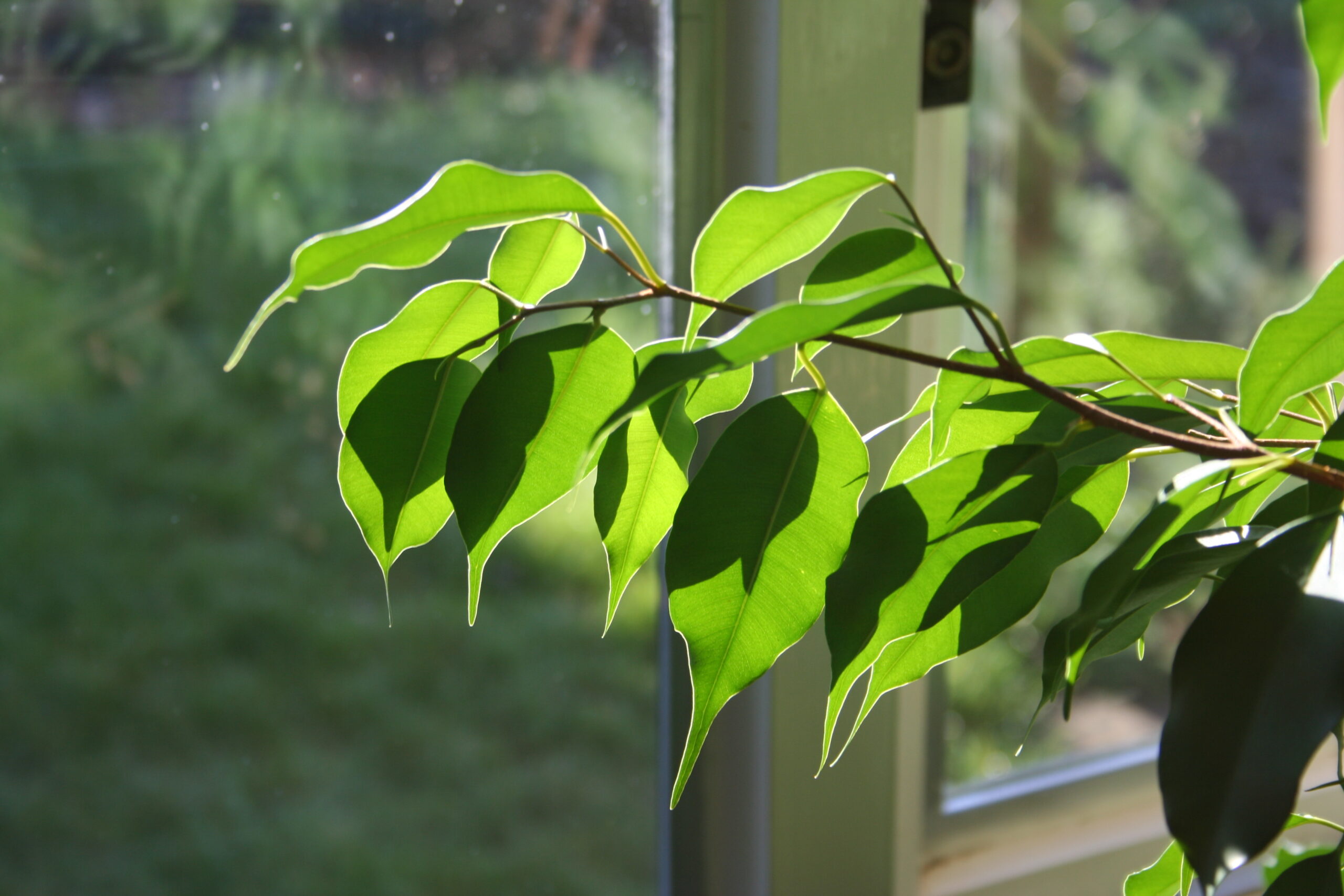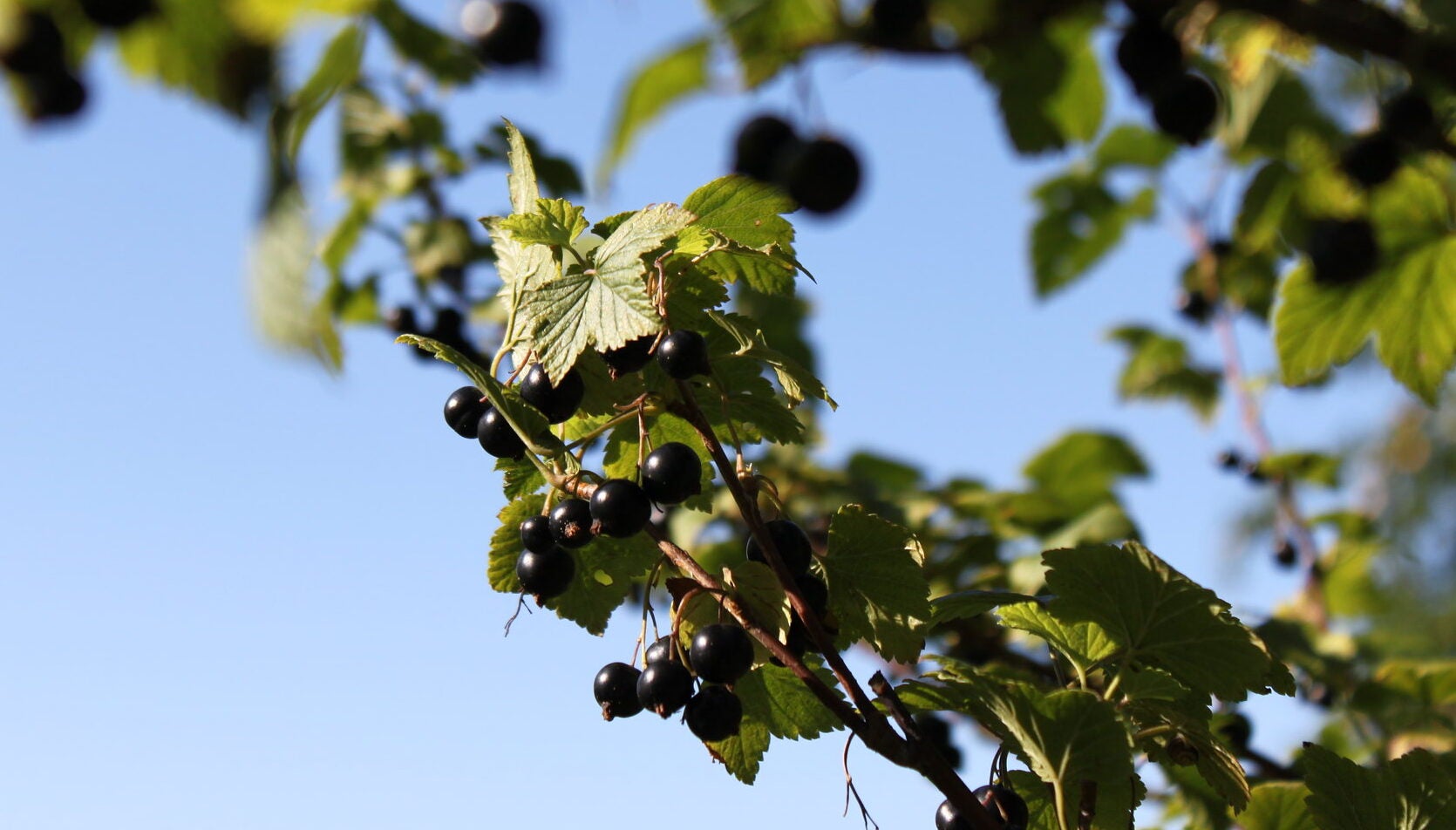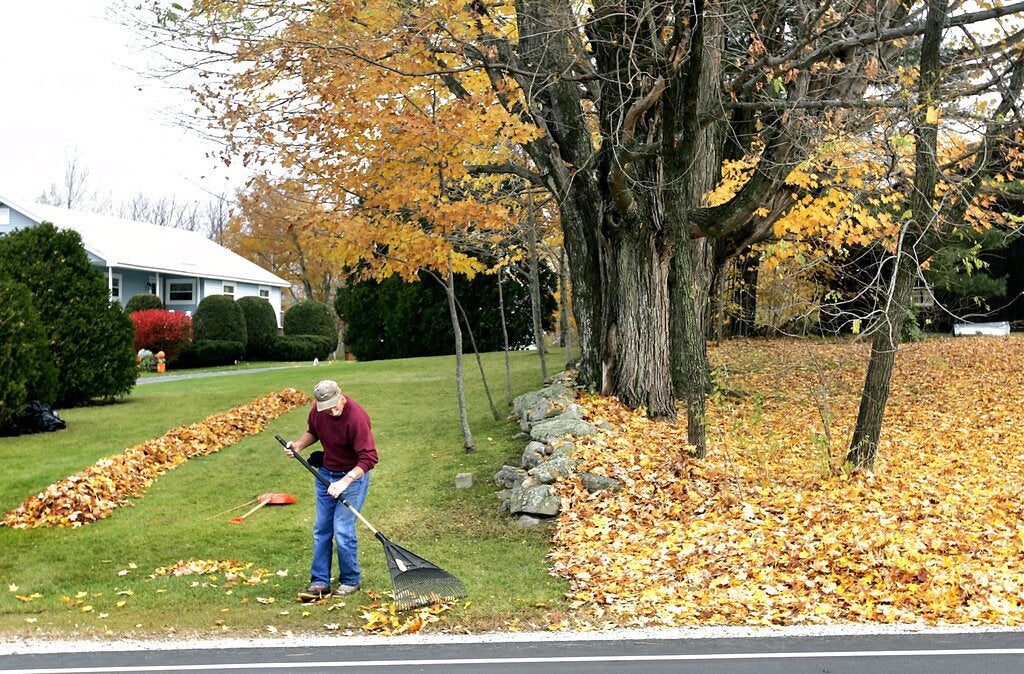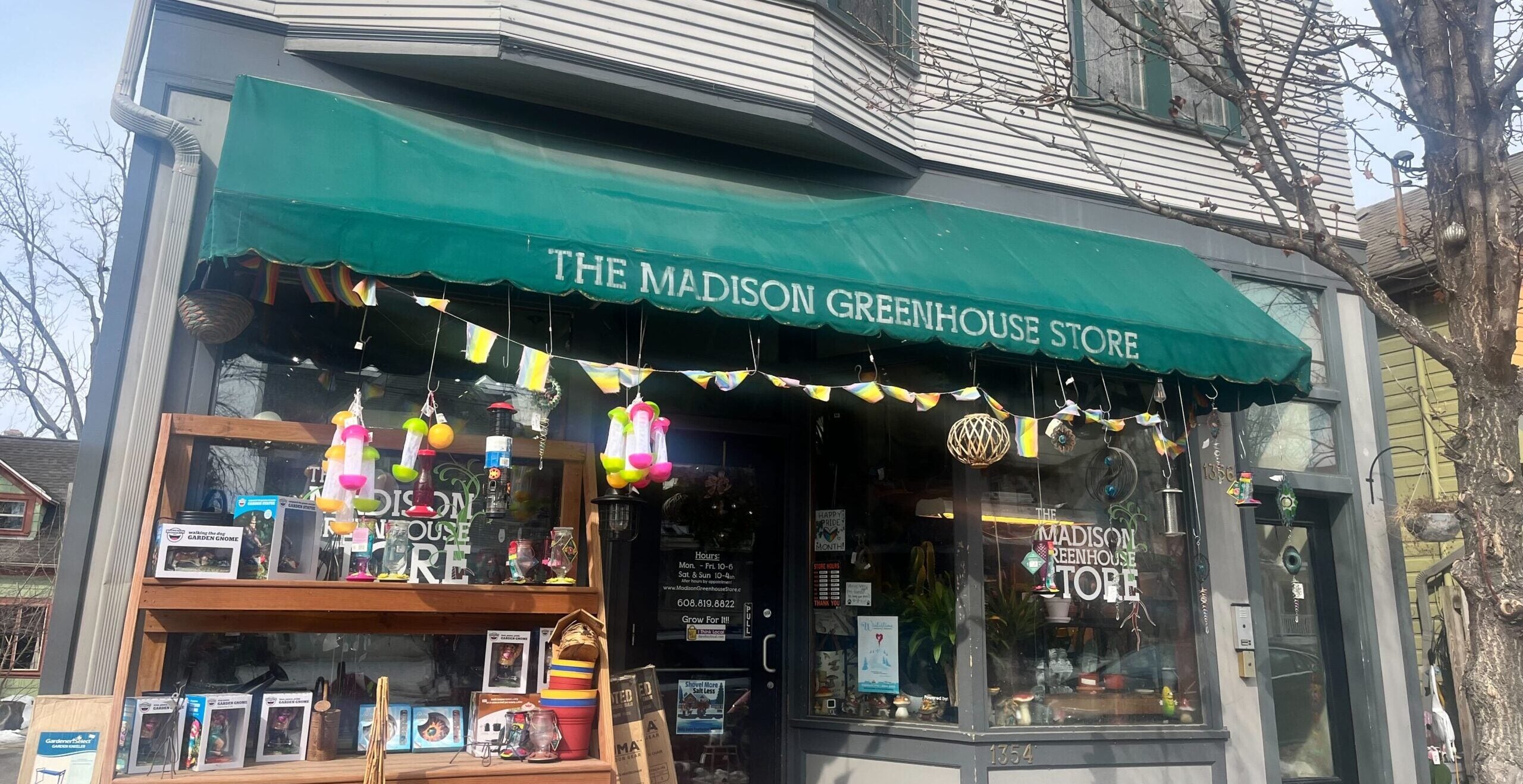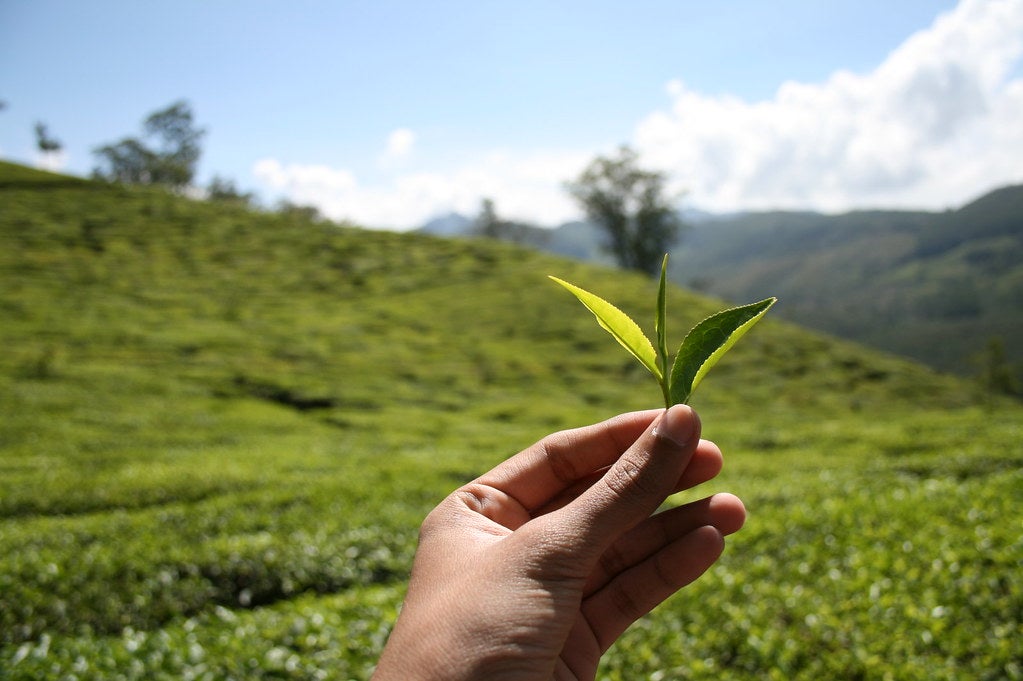They call him “The Plant Doctor.”
Matt Kostelnick is a senior horticulturist in Des Plaines, Illinois, with over 20 years experience in the horticulture industry and teaching horticulture at the university level.
He recently appeared on Wisconsin Public Radio’s “The Larry Meiller Show” for Garden Talk to give advice for indoor gardeners, including recommendations for tall plants, how to make your plants thrive and ways to address common problems.
News with a little more humanity
WPR’s “Wisconsin Today” newsletter keeps you connected to the state you love without feeling overwhelmed. No paywall. No agenda. No corporate filter.
The following is a partial transcript of Kostelnick’s suggestions and tips for indoor gardeners. This transcript has been edited for brevity and clarity.
Tall indoor plant suggestions
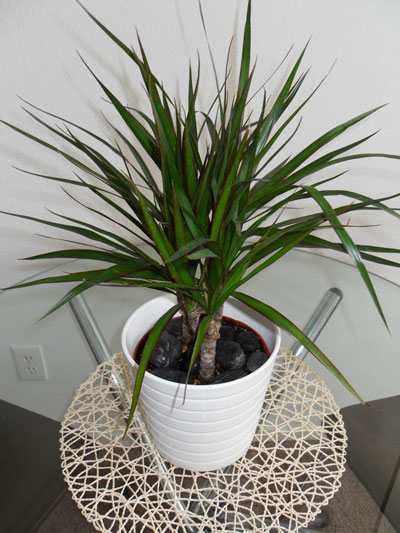
Dracaena
The No. 1 tall indoor plant that comes to mind is the dracaena. It gives you the height because they have long stems and then up on top there are long leaves.
They also tend to make good indoor plants because they don’t wilt easily and are semi drought tolerant. Most dracaenas can tolerate low light conditions.
Ficus
A ficus is like a tree. It needs a lot of light.
Most people are familiar with the ficus benjamina, but it’s very prone to dropping leaves. It could have thousands of leaves and a few hundred will drop on the floor. It’s a lot of work to clean.
But there are other types, like the ficus amstel king. It has longer leaves that are in the shape of a banana and don’t drop as much. It also tolerates lower light. It is more expensive, but I think it’s a better ficus than the benjamina.
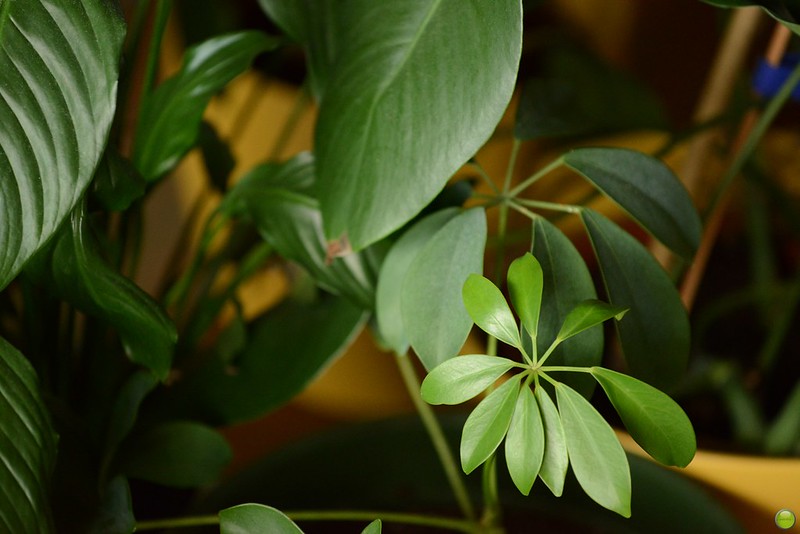
Schefflera
Scheffleras can be small, medium and some are even quite big in size. They are generally affordable and most garden centers have them.
There are different types of scheffleras. Some are just green while others have a goldfish or whitish color in them. They come in different forms like a bush, a column or a tree. They do like good light, but don’t need as much as a ficus tree.
They grow quite quickly indoors.
Norfolk Island pine
Norfolk Island pines are fairly low maintenance. The more light the better for these plants, and the faster they’ll grow. A moderate amount of fertilizer can be used, and they do like humidity.
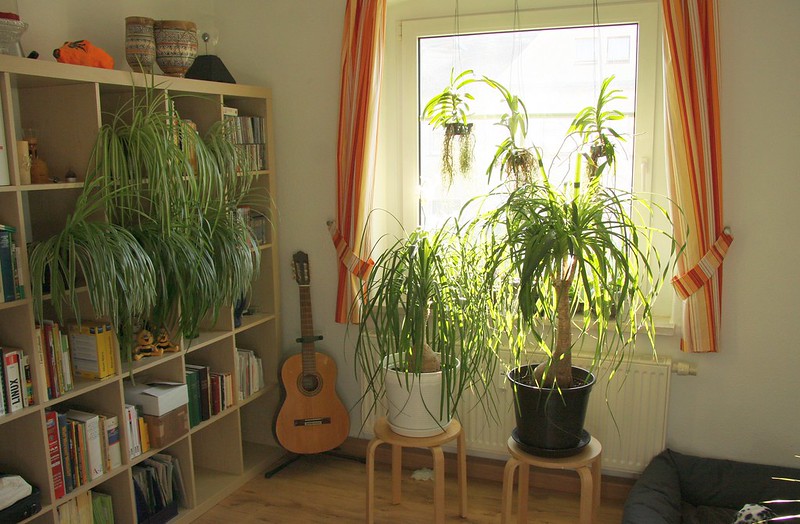
Palm
There are some challenges with palms, but they definitely provide that tall height and good size. Nothing sounds more tropical than a palm.
Tips for thriving houseplants
Get a soil probe
A plant only wants water when it needs water. More people kill indoor plants by over watering than by under watering. One way to tell the moisture of the soil is with a soil probe.
It’s a little device that you stick into the soil, give it a turn and when you pull it out, you squeeze the plugs of soil and see if it’s wet, moist or dry.
And that’s really important because it’s not the soil moisture on the top that matters, it’s the moisture at bottom that matters because that’s where the feeder roots of the plant are.
A soil probe is very lightweight, very easy to use and worth its weight in gold.
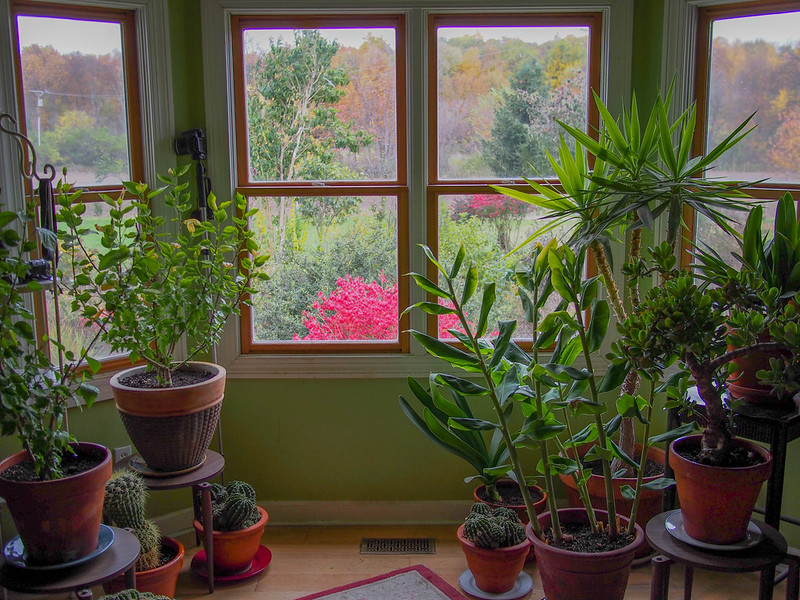
Group your plants
One advantage to grouping plants is it’s a great visual with plants from the floor to as high as the ceiling. Secondly, grouping plants together helps increase the humidity around the plants so they benefit from each other by way of the water vapor they release.
Our air gets very dry in the upper Midwest, and the winter is a lot different from summertime, when the air is saturated with humidity.
Grow lights
There isn’t any replacement for sunlight; it is the best for a plant. But if you can’t get enough from the sun, there’s been a lot of advancements with grow lights, and they do deliver good light to the plant.
Make sure the grow light is close enough to the plant. Use a timer … the average is 12 hours on and 12 hours off. Some grow lights have red or blue light options and most of the light that a plant uses is in the red and blue spectrum.
Red light really helps produce vegetative growth. Blue light has the opposite effect. It kind of slows the plant down and helps the plant regulate so it doesn’t grow too fast.
Bloom
There are two types of growth on a plant: Vegetative and reproductive. Vegetative is the growth of the roots, stems and leaves. Reproductive is the growth of flowers, fruits and seeds. To get reproductive growth, you want to have lots of vegetative growth.
Blooming can be very costly to the plant. The only way to build up enough food to balance the cost is for those leaves to get enough sunlight to make food.
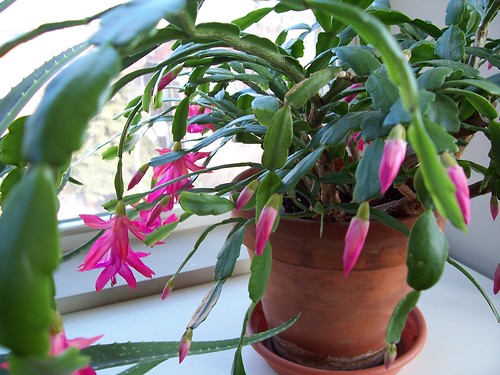
Common problems
Drooping leaves
Typically, when indoor plants start losing leaves, it’s usually something related to the environment like change in temperature or change in moisture in the air. Drooping leaves can be related to seasonal change as the air becomes dryer.
Ask yourself what is it that changed in the environment: Did it perhaps get too wet? Did it get too dry?
Yellow spotting
Yellow spotting happens on a lot of indoor plants. I’ve never seen it caused by a disease like a fungus, bacteria or a virus.
I think the root cause of leaf spotting on indoor plants is that water and nutrients are not moving effectively — they’re not getting to the parts of the plant where you see the spot.
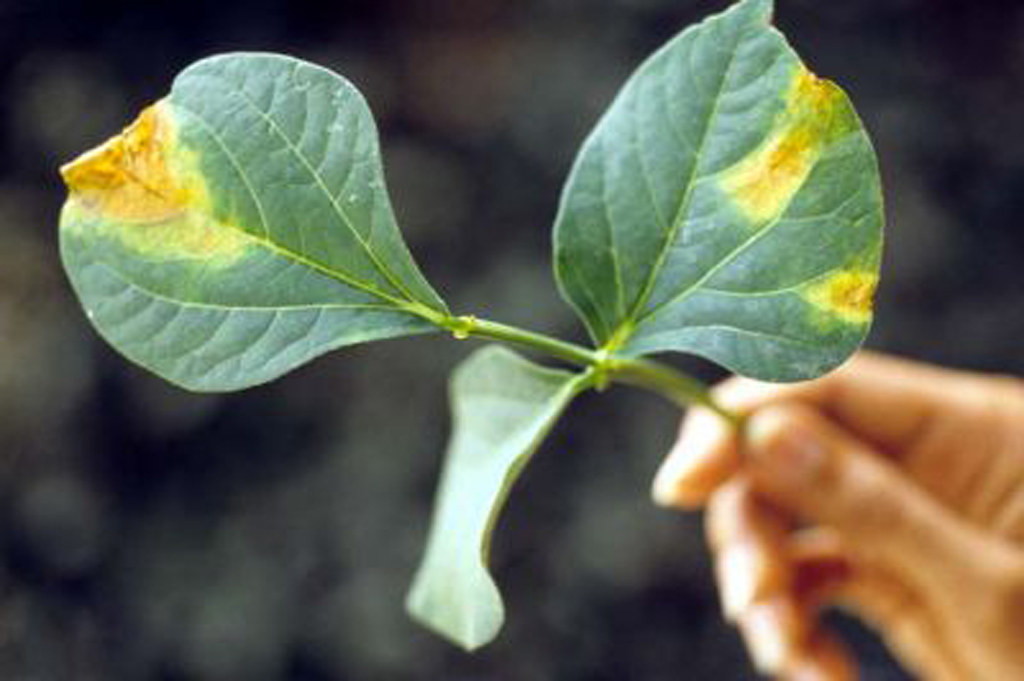
Then, the plant can’t photosynthesize, and the tissue starts to die. Some solutions can be root pruning, which can help stimulate new small feeder roots. And those roots are more effective at pulling up water and nutrients than the big, bulky roots on the plant.
Sometimes transferring the plant to a slightly larger pot can help.
Fungus gnats
Fungus gnats are a very common indoor plant problem.
If you are looking for a natural solution, nematode can be used for fungus gnats. Nematodes are microscopic little worms that are mixed in with water. If you shower the soil surface with them, it is very effective.
If you don’t want to use something like a nematode, I would say try your best to keep the soil surface dry because fungus gnats are attracted to moist or wet surface soil. If you can subirrigate water from the bottom instead of the top that might help.
But in some cases you may need to use a pesticide.
I’m not a big fan of putting sand on top of the soil to get rid of fungus gnats, which is what some people do. I think it makes it harder for the roots to breathe, and it’s messy.
Wisconsin Public Radio, © Copyright 2026, Board of Regents of the University of Wisconsin System and Wisconsin Educational Communications Board.
